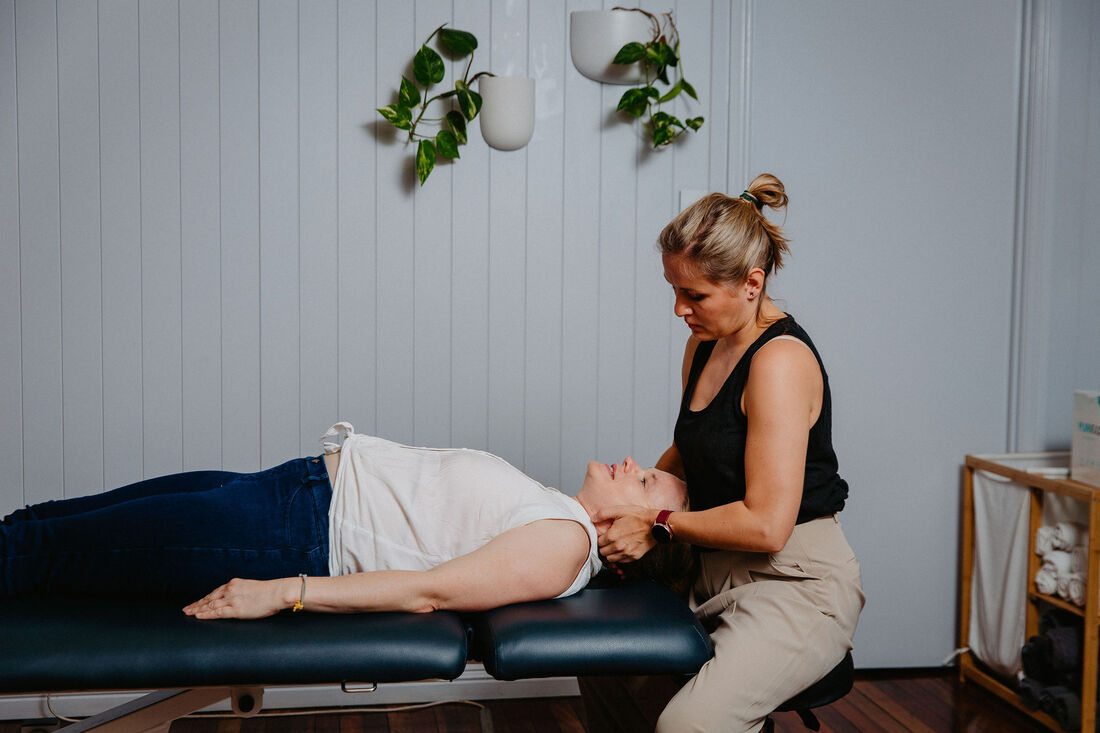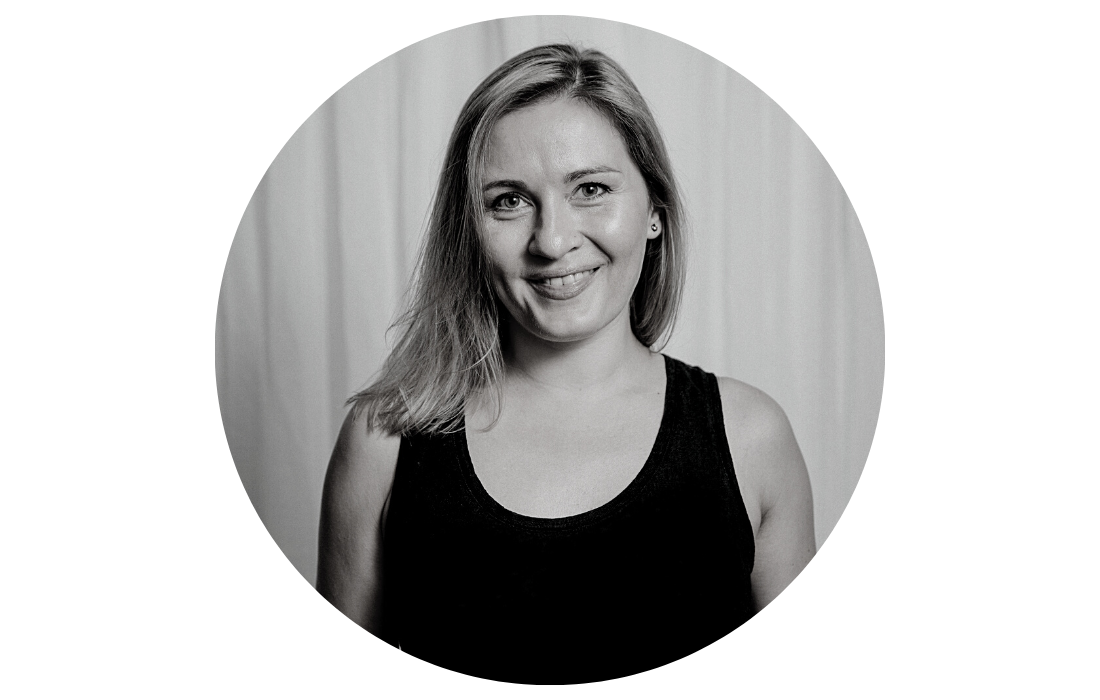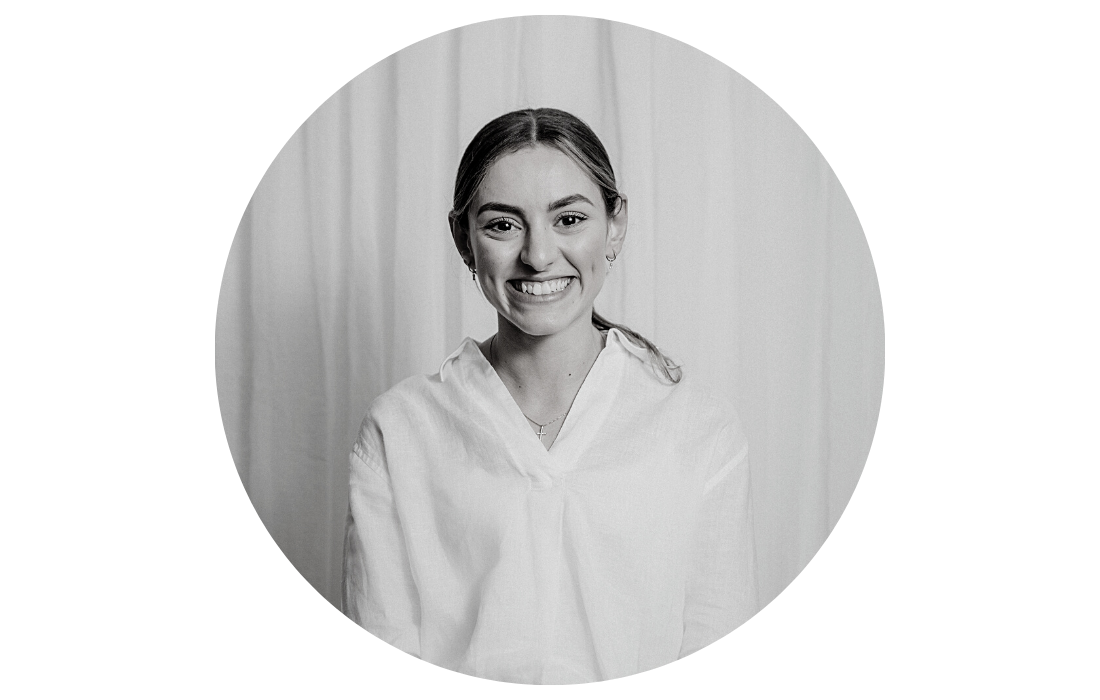Vestibular Disorders Physiotherapy Brisbane Southside.
What is Vestibular Disorders?
Vestibular Disorder term refers to a group of conditions originating from the inner ear and brain, which are essential parts of the vestibular (balance) system. This system, and inner ear in particular, is responsible for keeping track of movement acceleration and maintaining our posture, coordinating our eye movements, and ensuring balance. Symptoms of vestibular disorders can include dizziness, vertigo (a spinning sensation), balance problems, and nausea. Most common vestibular disorder is benign paroxysmal positional vertigo (BPPV), which is most prevalent in populations 65 years old and over.
What Causes Vestibular Disorders?
Several conditions and factors can contribute to vestibular disorders:
How is Vestibular Disorder Diagnosed?
A comprehensive evaluation usually includes:
How can Physiotherapy Help with Vestibular Disorder?
Vestibular Rehabilitation Therapy (VRT) is a form of physiotherapy that is specifically designed for vestibular disorders. It includes:
How can Clinical Pilates Help with Vestibular Disorder Rehabilitation?
Pilates can be a supportive therapy:
What is the Prognosis for Vestibular Disorder?
The prognosis for vestibular disorders varies based on the underlying cause. While some conditions require only 1-2 treatments, like BPPV, others might resolve on their own or with medication like labyrinthitis, some might need prolonged rehabilitation. In many cases, patients can see significant improvements or even complete resolution of their symptoms with dedicated vestibular retraining.
Tips for Managing Vestibular Disorder at Home:
Call us on 07 3706 3407 or email [email protected] for a booking. We would love to work with you.
Vestibular Disorder term refers to a group of conditions originating from the inner ear and brain, which are essential parts of the vestibular (balance) system. This system, and inner ear in particular, is responsible for keeping track of movement acceleration and maintaining our posture, coordinating our eye movements, and ensuring balance. Symptoms of vestibular disorders can include dizziness, vertigo (a spinning sensation), balance problems, and nausea. Most common vestibular disorder is benign paroxysmal positional vertigo (BPPV), which is most prevalent in populations 65 years old and over.
What Causes Vestibular Disorders?
Several conditions and factors can contribute to vestibular disorders:
- Inner ear infections or inflammations (e.g., labyrinthitis or vestibular neuritis).
- Ménière's disease: An inner ear problem causing severe dizziness (vertigo) and ringing in the ears (tinnitus).
- Trauma: Injury to the head or neck.
- Aging: Natural decline in our balance system as we age.
- Medications: Some medications have side effects affecting the inner ear.
- Spontaneous vertigo without underlying factors
How is Vestibular Disorder Diagnosed?
A comprehensive evaluation usually includes:
- Medical History Review: Discussing the onset of symptoms, their nature, and associated triggers.
- Physical and Neurological Examination: To identify any issues with balance, gait, and coordination.
- Vestibular Tests: Tests to measure eye movement can provide clues about inner ear function.
- Hearing Tests: As the auditory system is linked to the vestibular system.
- Imaging: In some cases, an MRI or CT scan may be recommended.
How can Physiotherapy Help with Vestibular Disorder?
Vestibular Rehabilitation Therapy (VRT) is a form of physiotherapy that is specifically designed for vestibular disorders. It includes:
- Manual therapy and specific manoeuvres to restore function of the inner ear and neck movement.
- Habituation Exercises: To reduce symptoms of dizziness by repeatedly exposing the patient to specific movements.
- Gaze Stabilisation Exercises: To improve control of eye movements so vision can be clearer during head movement.
- Balance Training: To enhance stability during both static (standing still) and dynamic (moving) tasks.
How can Clinical Pilates Help with Vestibular Disorder Rehabilitation?
Pilates can be a supportive therapy:
- Core Strengthening: Enhancing core stability can improve overall balance and posture.
- Focused Movements: Controlled, deliberate Pilates movements can help retrain the brain's response to movement.
- Body Awareness: Increasing awareness of body positioning in space, which can be valuable for people with balance challenges.
- Breathing Exercises: Can be beneficial in managing symptoms of anxiety often associated with vestibular disorders.
What is the Prognosis for Vestibular Disorder?
The prognosis for vestibular disorders varies based on the underlying cause. While some conditions require only 1-2 treatments, like BPPV, others might resolve on their own or with medication like labyrinthitis, some might need prolonged rehabilitation. In many cases, patients can see significant improvements or even complete resolution of their symptoms with dedicated vestibular retraining.
Tips for Managing Vestibular Disorder at Home:
- Move slowly and deliberately, especially when changing positions.
- Use handrails or other supports when available.
- Ensure your living space is well-lit and free from tripping hazards.
- Stay hydrated and maintain a balanced diet.
Call us on 07 3706 3407 or email [email protected] for a booking. We would love to work with you.
Who to book in with:
Yulia Khasyanova
|
Monica Hanna
|


